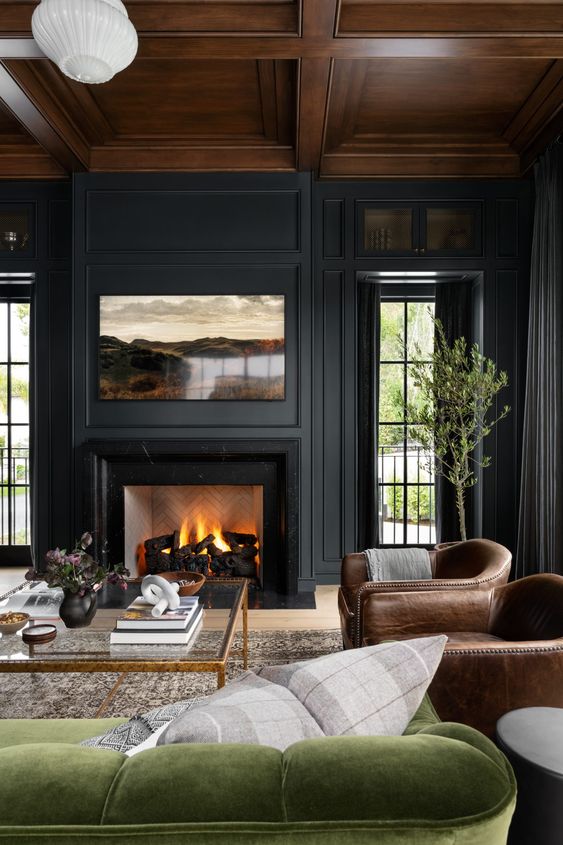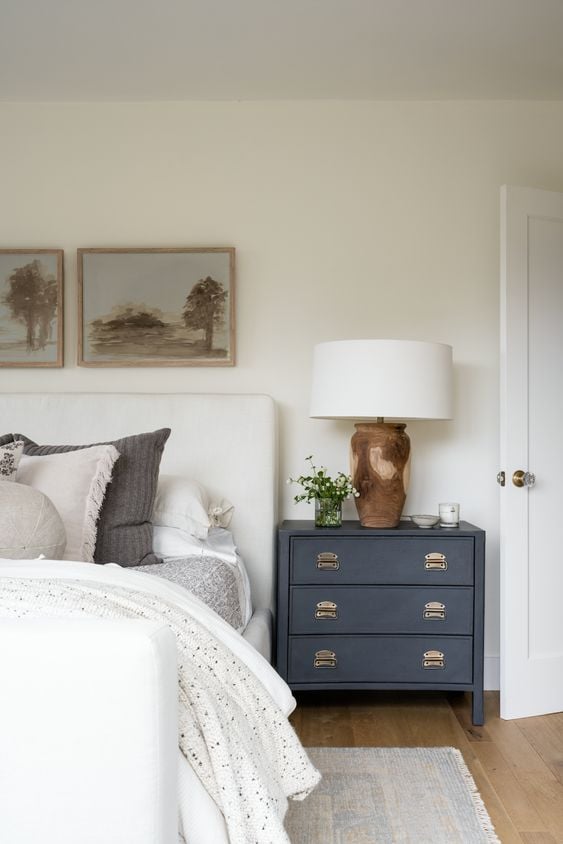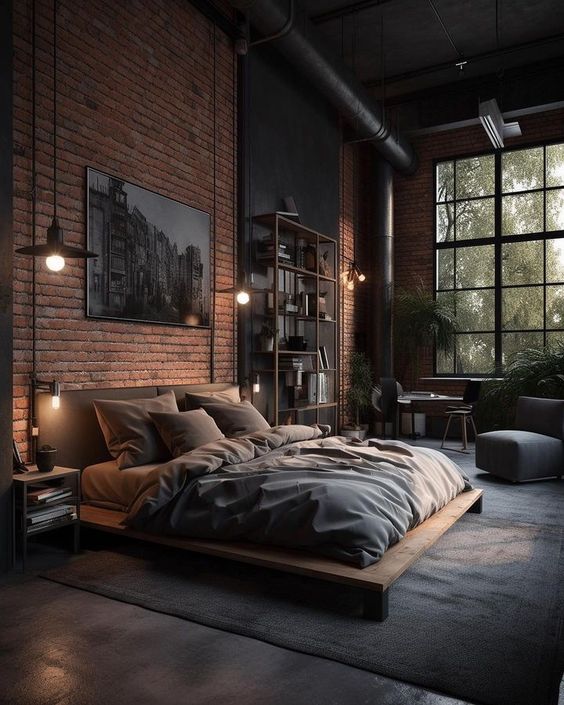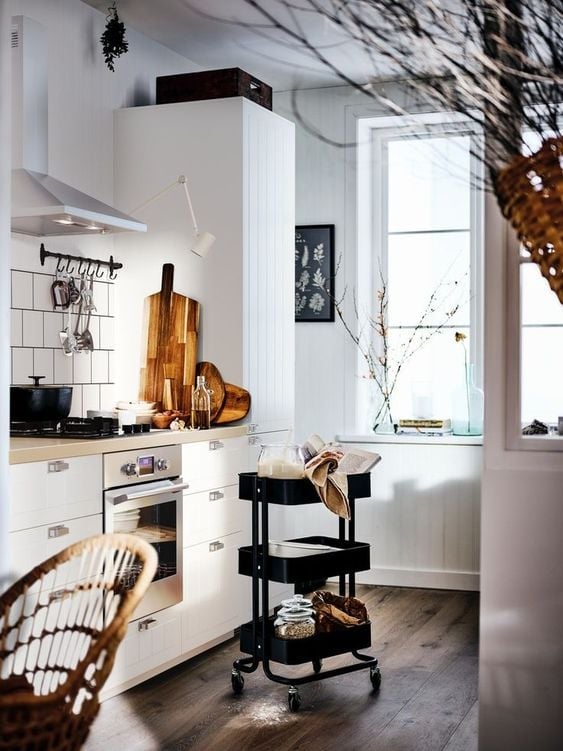Design
Mastering the Art of Furniture Placement: 10 Essential Rules
Advertisement
When it comes to creating a cozy and stylish living space, furniture placement plays a crucial role. Whether you’re moving into a new home or giving your current space a makeover, following some simple rules of furniture placement can help you achieve a harmonious and functional interior design. In this blog post, we’ll walk you through the basics of furniture placement that can transform your living spaces into inviting and well-organized areas.
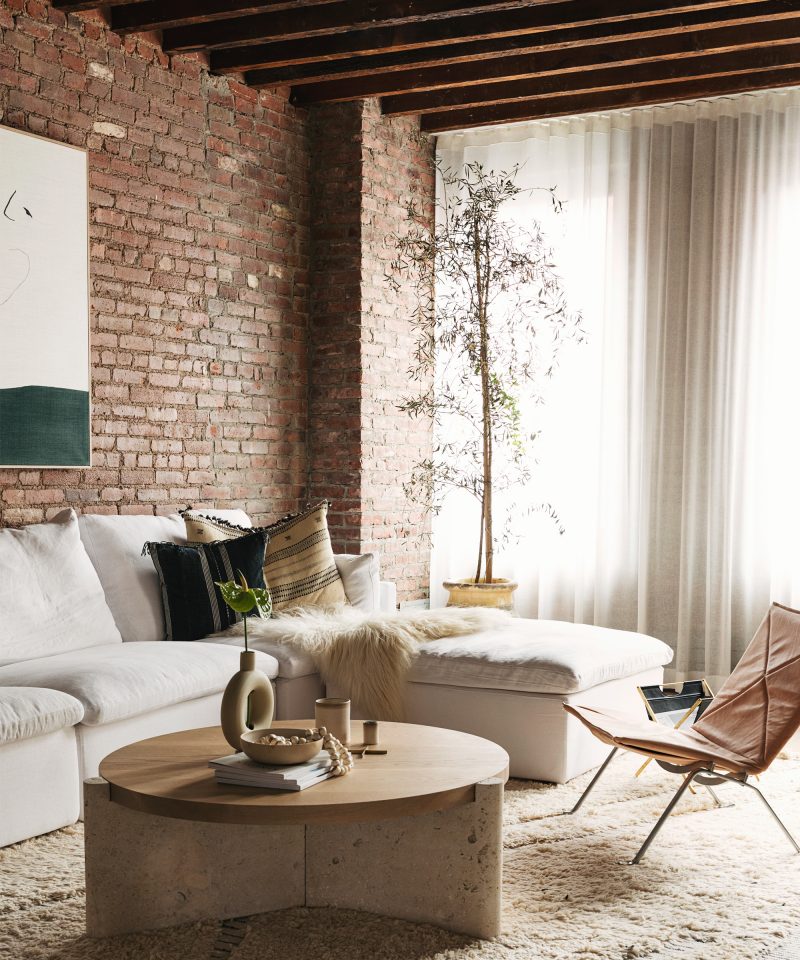
Easy Guide for Furniture Placement:
1. Measure Twice, Place Once
Before you start moving furniture around, take measurements of your room. This will give you a clear idea of how much space you have to work with. Sketch a rough layout on paper or use a digital tool to visualize different arrangements before physically moving things. This prevents the frustration of oversized sofas not fitting through doorways and ensures a well-proportioned layout.
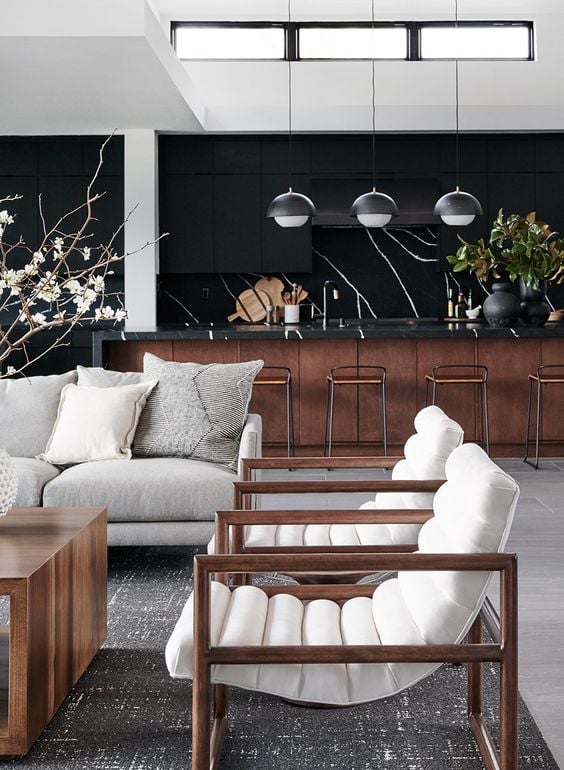
2. Prioritize Functionality
Start by considering the purpose of the room. Are you arranging a living room for conversation or a bedroom for relaxation? Place furniture in a way that supports the room’s primary function, creating a seamless flow. If it’s a living room, ensure that seating is comfortable and positioned for conversation. In a dining room, the table and chairs should allow for easy mealtime gatherings.
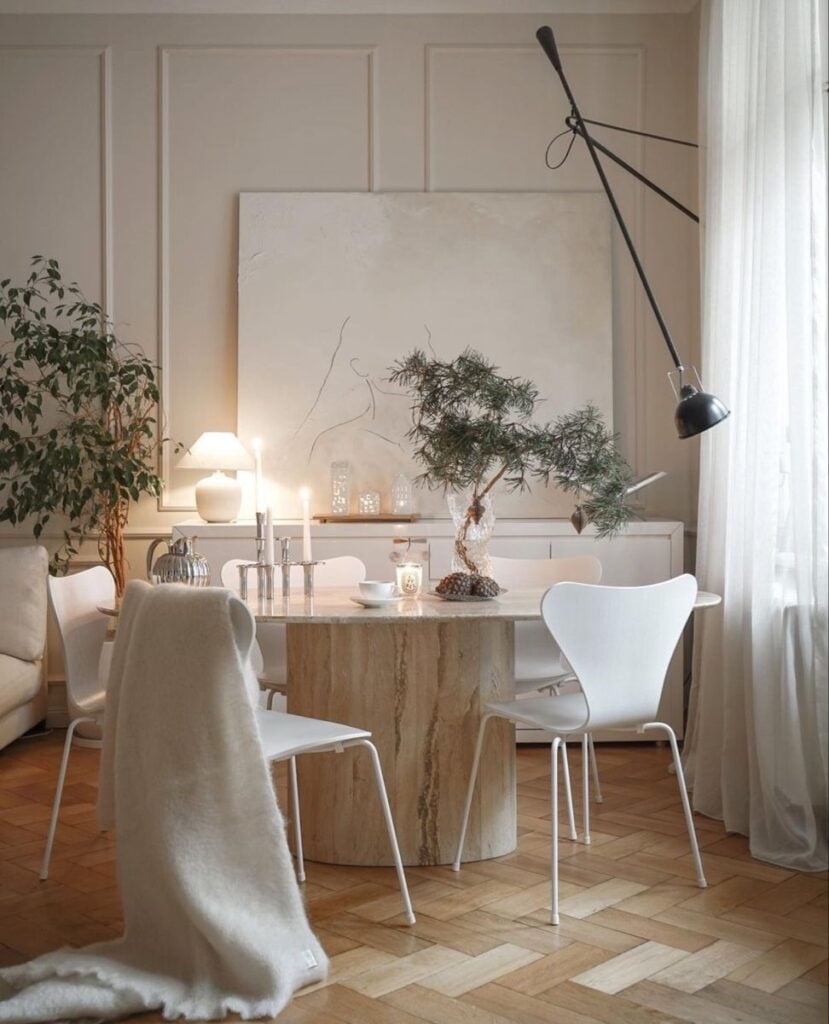
3. Allow for Flow
Good furniture placement should encourage easy movement throughout the room. Create clear pathways that allow people to move without obstacles. Avoid blocking doorways or placing furniture in a way that disrupts the natural flow of traffic.
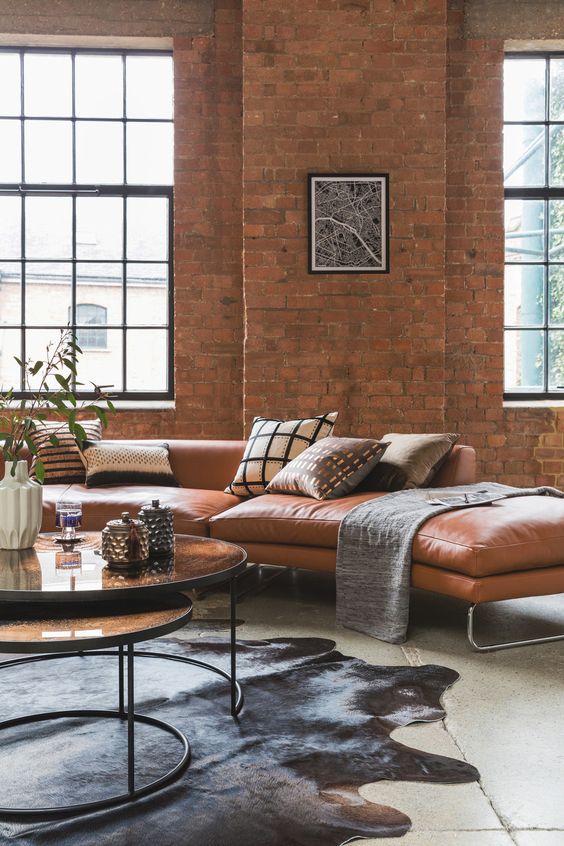
4. Embrace focal points
Every room has a focal point, whether it’s a stunning fireplace, a panoramic window, or an eye-catching artwork. Position furniture to highlight these features, drawing attention and creating a sense of balance. For instance, place your sofa facing the fireplace or position chairs near the window to take advantage of natural light.
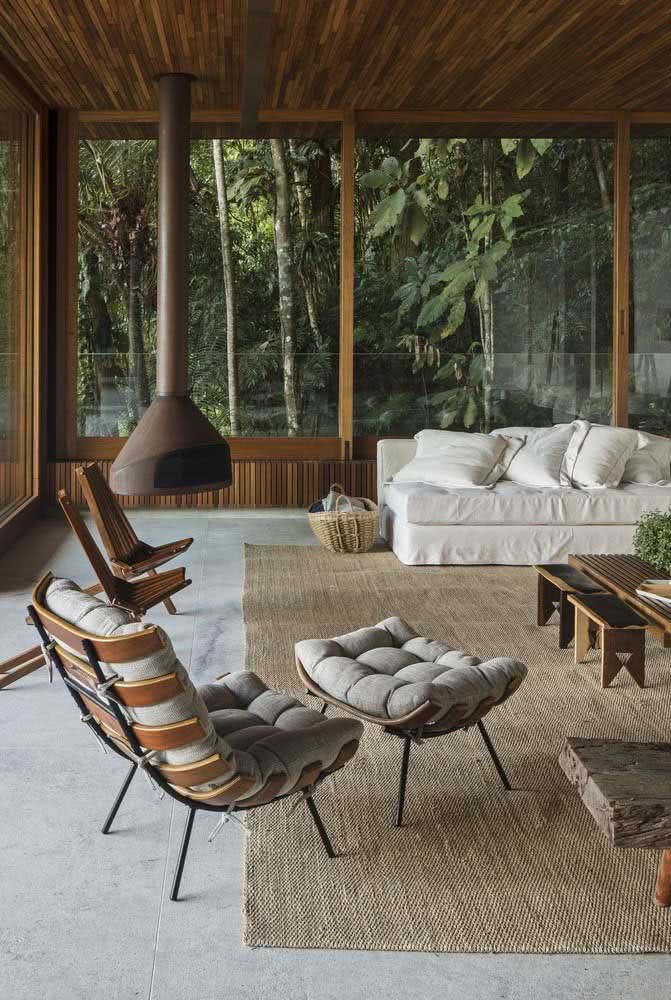
5. The Magic of Simmetry
Symmetry brings visual harmony to a space. Place matching furniture or decor items on either side of a central point to create a sense of balance and order. Symmetrical arrangements often evoke a feeling of elegance.
6. Mind the Scale
Choose furniture that suits the scale of the room. Avoid oversized furniture in small spaces as it can make the room feel cramped. Likewise, tiny furniture in a large room can look lost. Maintain a balance between the size of the furniture and the room dimensions.
7. Rug Placement
Rugs ground your furniture arrangement and define spaces. In a living room, the rug should be large enough for at least the front legs of sofas and chairs to rest on it. In a dining room, the rug should extend beyond the table when chairs are pulled out.
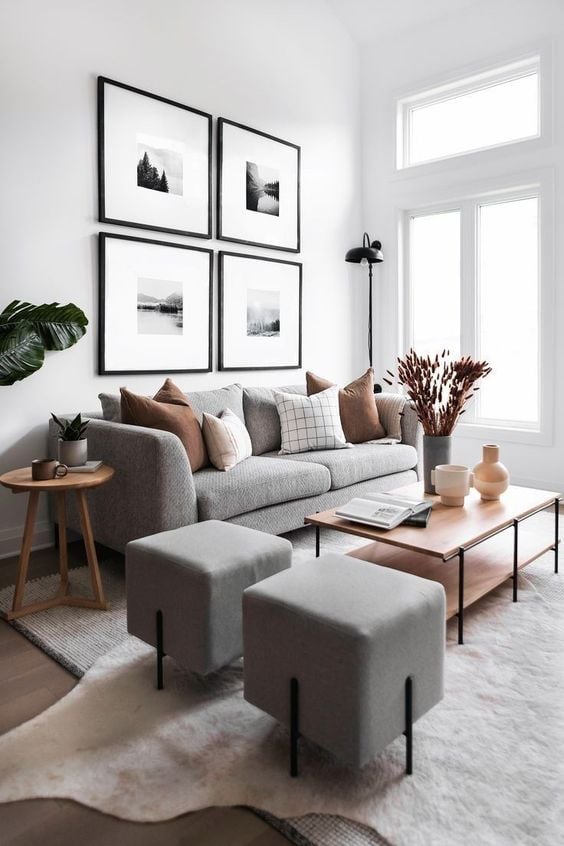
8. Create Conversation Areas
Arrange seating to foster easy conversation. In a living room, position sofas and chairs facing each other to encourage interaction. Coffee tables can help define these conversation zones.
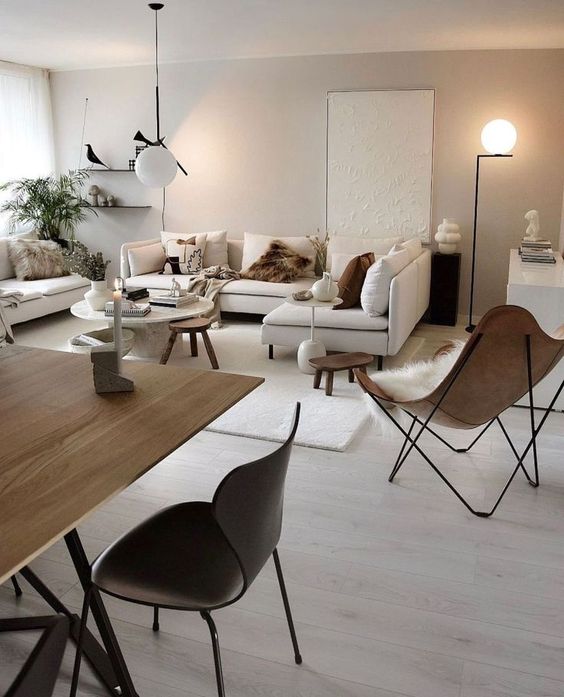
9. Utilize Vertical Space
Don’t forget the walls! Incorporate vertical elements like bookshelves, wall-mounted cabinets, and artwork to draw the eye upward and maximize space. Vertical storage also adds a touch of sophistication to your design.
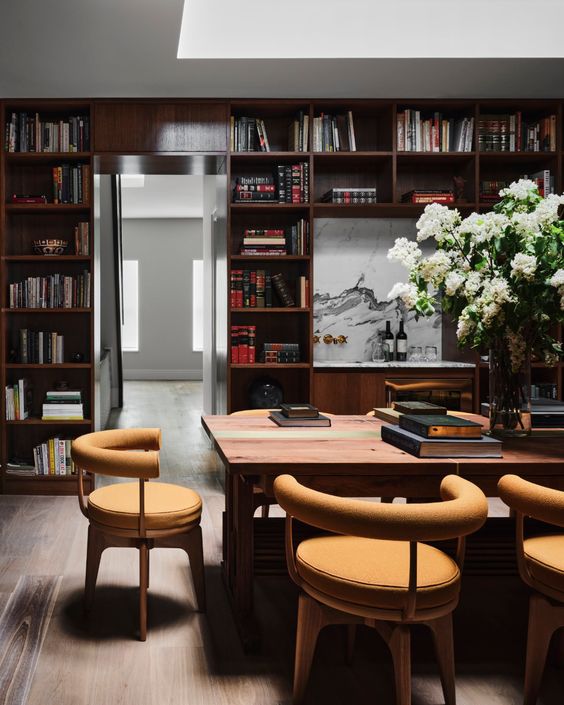
10. Inject Your Personality
Ultimately, your home should reflect your personality and style. Add personal touches through decorative items, accent cushions, and artwork. These details make your space feel uniquely yours and warm to anyone who enters.
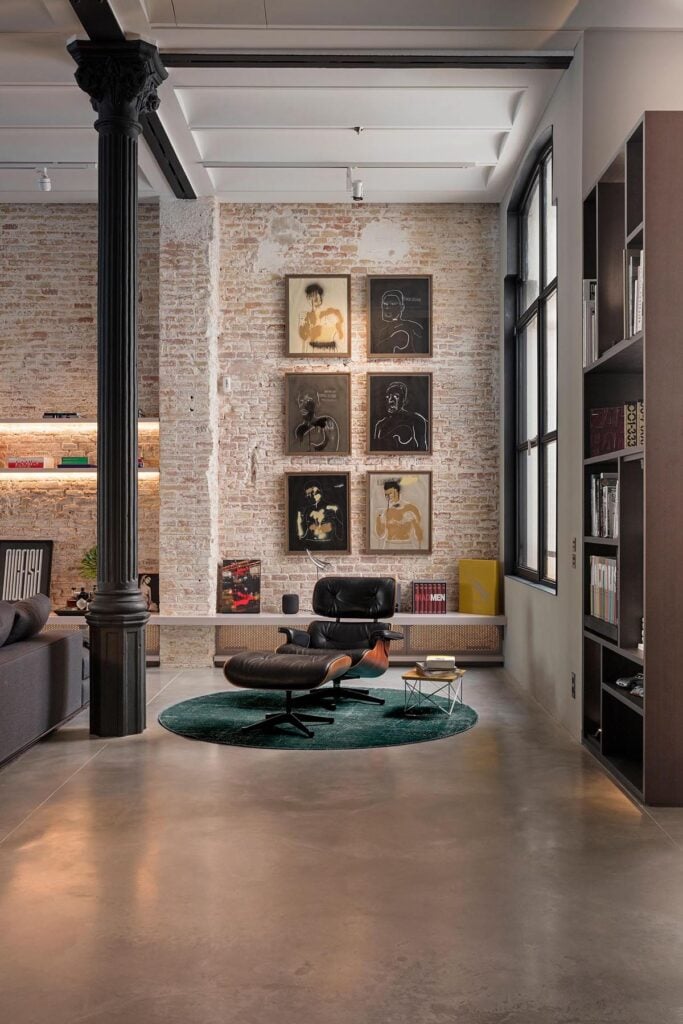
Arranging furniture in your home is more than just finding a spot for each piece. It’s about creating an environment that harmonizes functionality, aesthetics, and personal comfort. Would you add anything to this list?
Trending Topics

Best Holiday Apps for Editing Christmas and New Year’s Photos
Find out the best apps for editing Christmas and New Year’s pictures, adding festive filters, stickers, and unique effects!
Keep ReadingYou may also like

Shein: How to Get Free Clothes with These Simple Steps
Learn how to receive free clothes from Shein through their Free Trial Center program and tips to increase your chances of winning!
Keep Reading